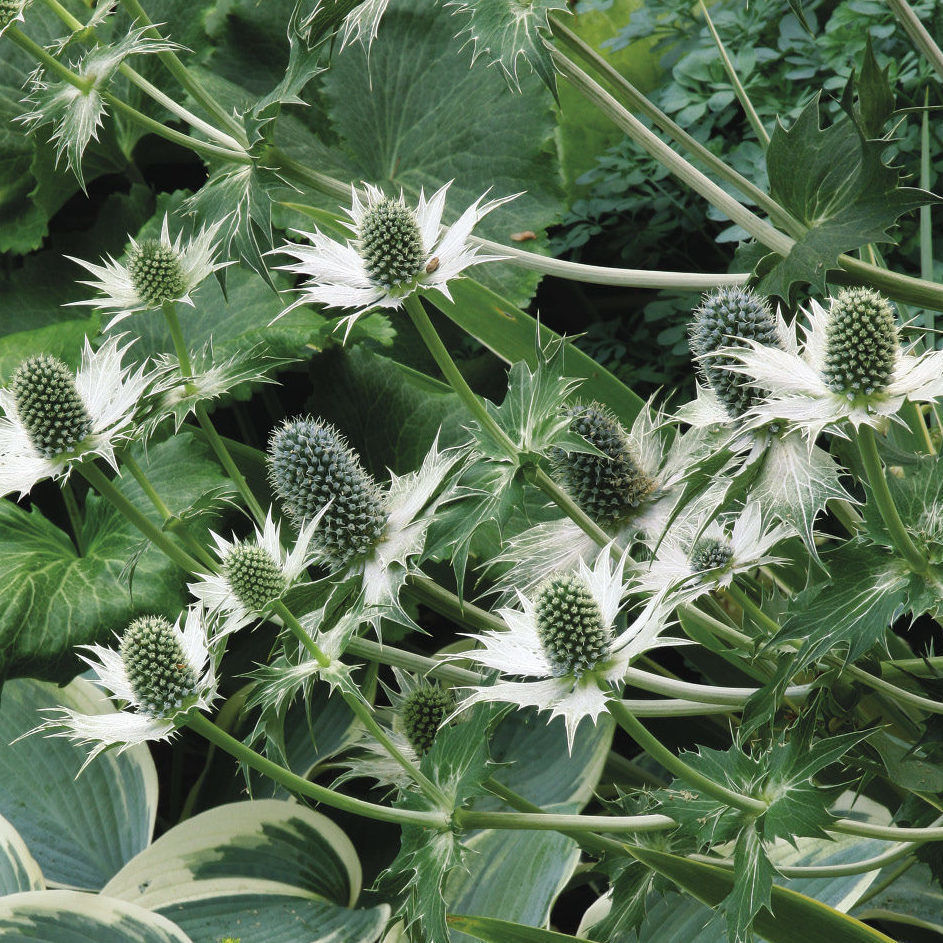 1. Miss Willmott’s ghost
1. Miss Willmott’s ghost

Name: Eryngium giganteum
USDA Hardiness Zones: 4 to 9
Size: 2 to 3 feet tall and 1 foot wide
Conditions: Full sun; well-drained soil
Famous plantswoman Ellen Willmott supposedly carried seeds of this plant to scatter surreptitiously in others’ gardens. Long after her visit—and even after her death—the thistlelike, ghostly white heads that later flush with pewter blue were a lasting reminder of her eccentric spirit. Also called giant sea holly, Miss Willmott’s ghost is a bold, short-lived perennial that reseeds delightfully. Scatter seeds in the garden, or plant in pots and leave them outside for a winter cold treatment for spring germination.
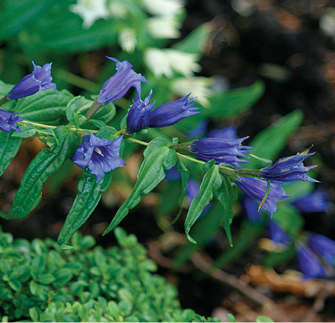
2. Willow gentian
Name: Gentiana asclepiadea
Zones: 6 to 9
Size: 2 to 3 feet tall and 1 to 2 feet wide
Conditions: Partial shade; moist, well-drained soil
The elegance of an established clump of willow gentian—even before flowering—is an asset to any lightly shaded garden. Delicate stems rise from the ground and tilt outward into a relaxed mound. The narrow, pointed leaves look like wings and are nicely textured with parallel veins running their length. In late summer, a bounty of trumpetlike, royal blue flowers announce themselves from the leaf axils. White, pink, and purple forms also exist. Though willow gentian takes time to bulk up, growing the plant from seed is often the only way to acquire it. The plant will handsomely reward your efforts and patience.
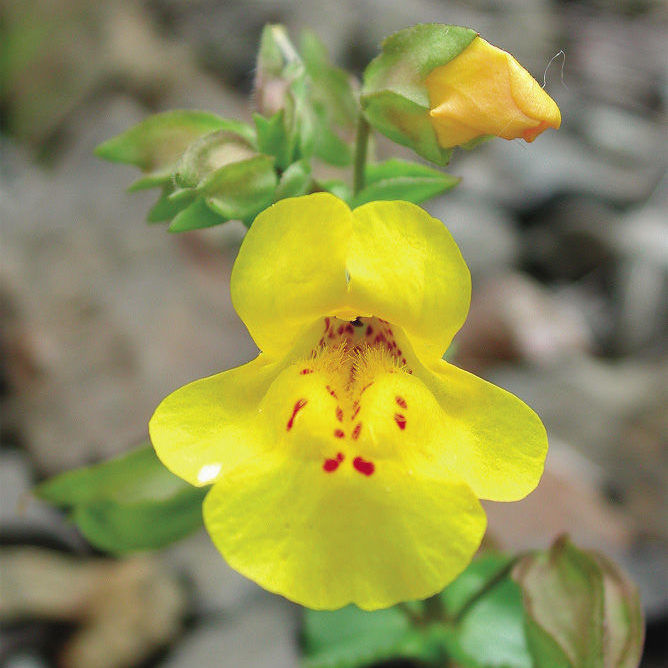
3. Yellow monkey flower
Name: Mimulus guttatus
Zones: 6 to 9
Size: 1 to 3 feet tall and wide
Conditions: Full sun to partial shade; moist soil
Yellow monkey flower is primarily a western North American native, but due to its precocious nature, it pops up in a few eastern states and provinces (without, surprisingly, occupying the large distances in between). The plant is easy to germinate and easy to grow. It is long blooming with tubular, cheerful yellow flowers speckled with red in the throat. The plant varies in height depending on the fertility and moisture of the soil. Like its natural distribution, it can also be a bit precocious in the garden and may reseed freely, especially in moist locations.
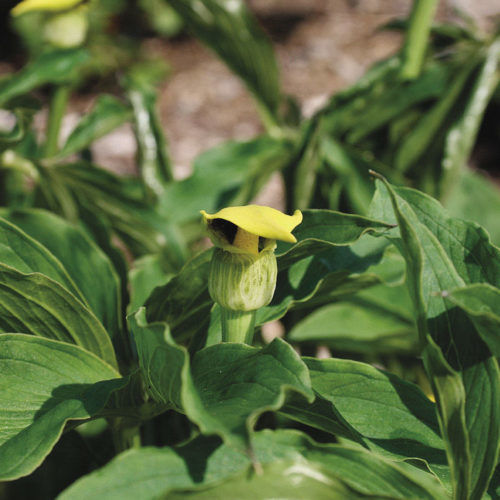
4. Yellow Jack-in-the-pulpit
Name: Arisaema flavum
Zones: 6 to 8
Size: 10 to 16 inches tall and 6 inches wide
Conditions: Partial to full shade; moist, well-drained soil
Botanical intrigue is rarely this easy from seed. Yellow Jack-in-the-pulpit (also known as cobra lily) is widespread in the wild from the Himalayas to North Africa and is similarly versatile, easy to grow, and hardy in cultivation. The yellow spathes, which emerge in mid- to late spring, are often flushed with burgundy in the throat. The subtropical foliage and late-summer orange fruit continue the display long after flowering is over. The seeds may require a cold period in the refrigerator or outdoors before germinating, but the tubers, once established, are quick to multiply into jaunty clumps.
Photos, except where noted: courtesy of Gary Lewis, Danielle Sherry, Colleen Fitzpatrick, Sten Porse/courtesy of commons.wikimedia.org
Fine Gardening Recommended Products

A.M. Leonard Deluxe Soil Knife & Leather Sheath Combo
Fine Gardening receives a commission for items purchased through links on this site, including Amazon Associates and other affiliate advertising programs.





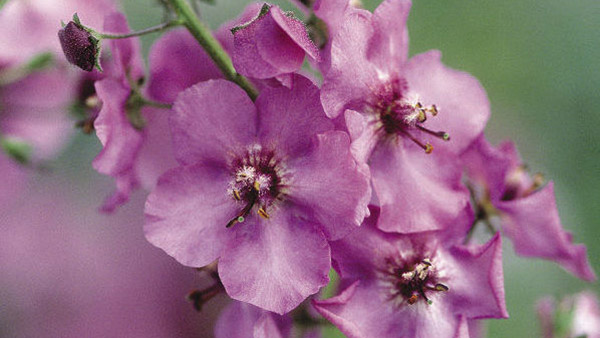


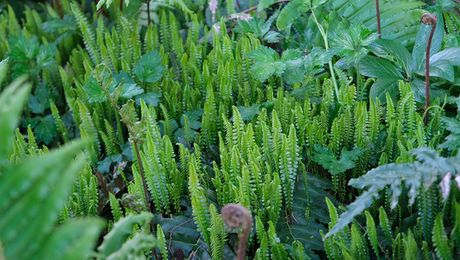










Comments
Log in or create an account to post a comment.
Sign up Log in